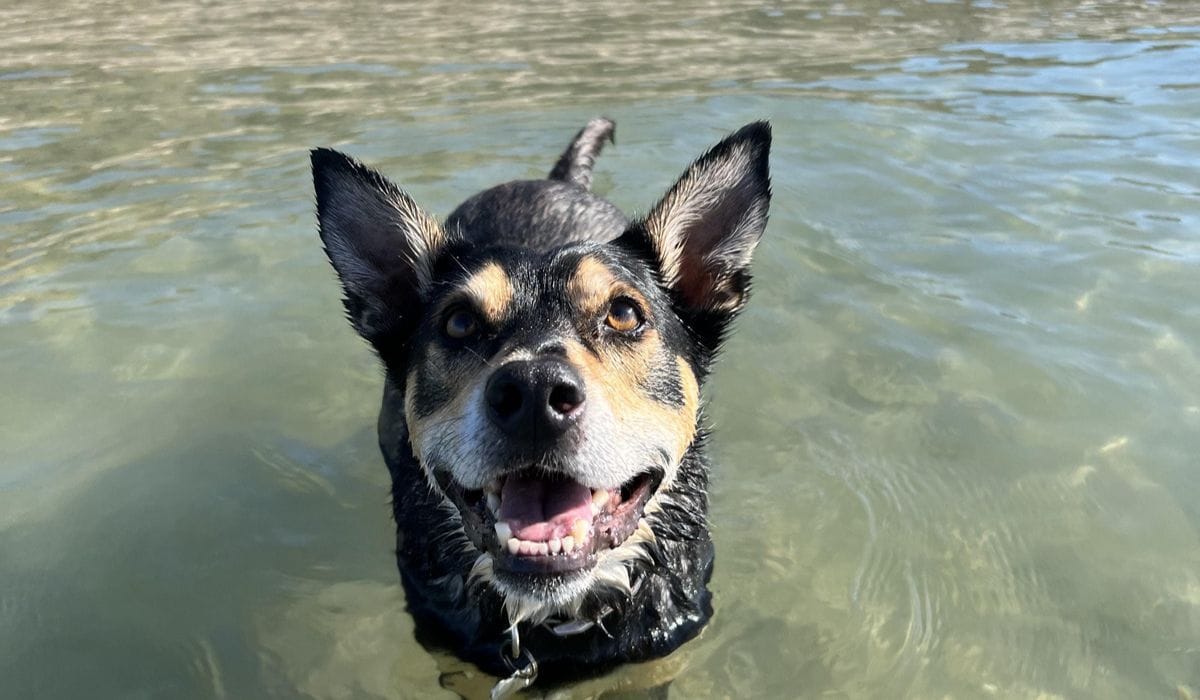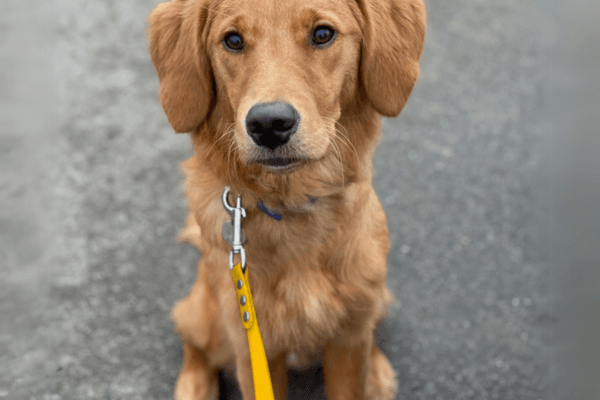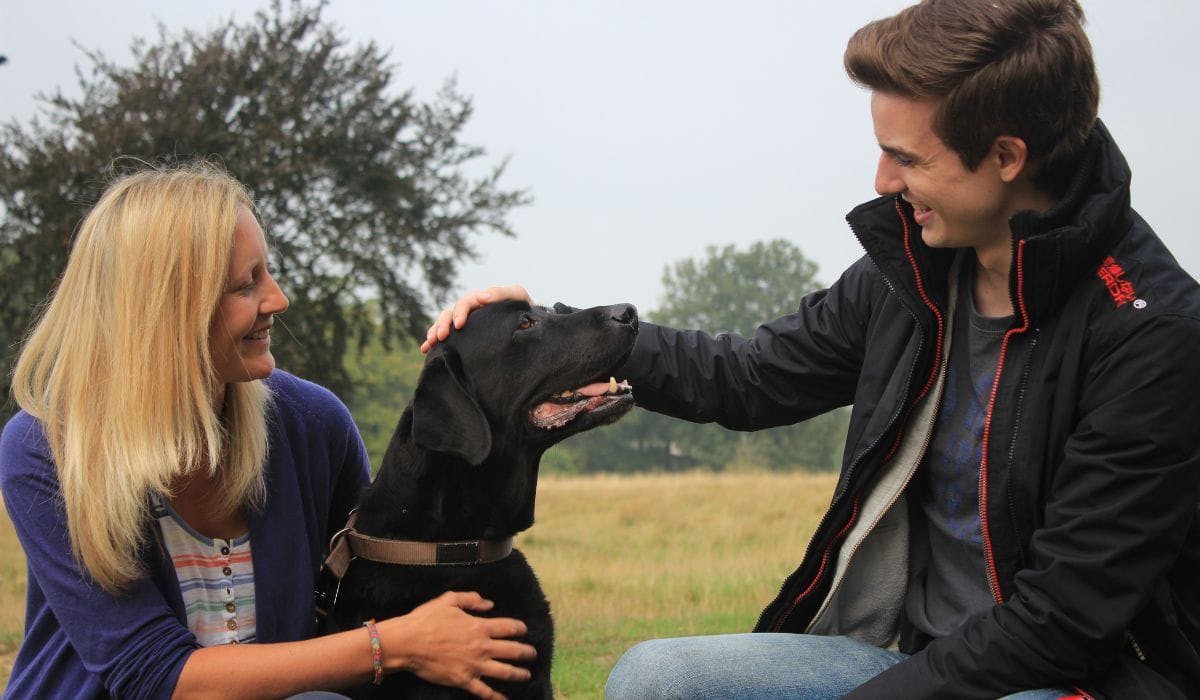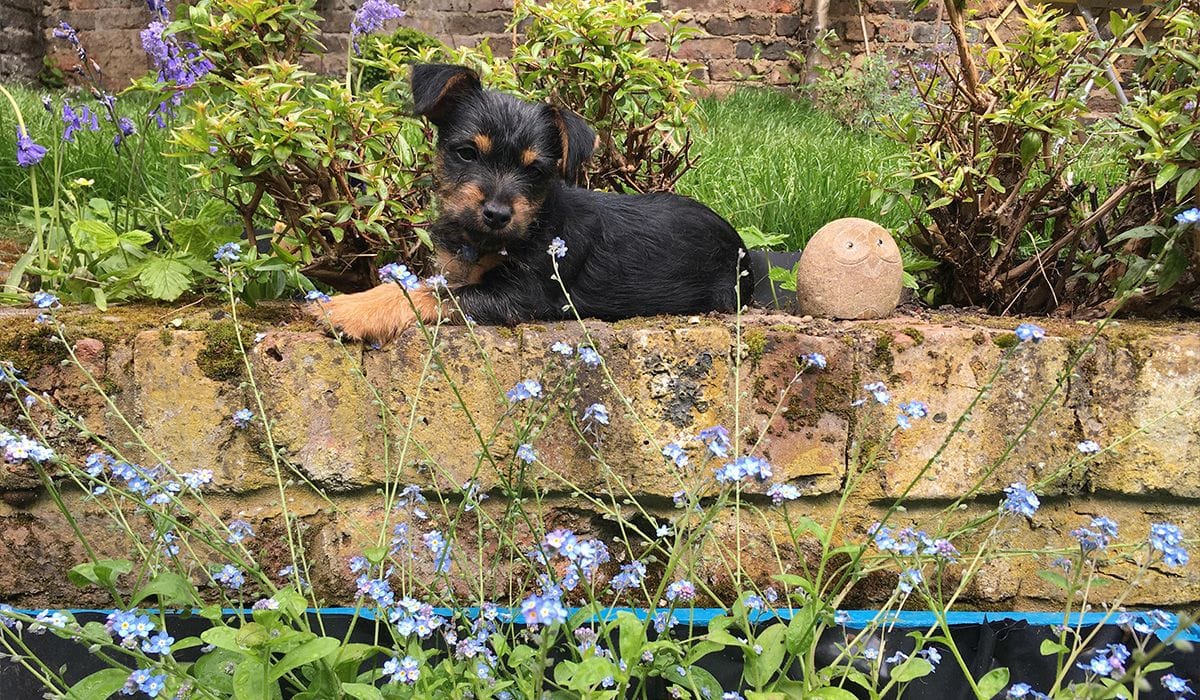Written by Rosie Bescoby, Certified Clinical Animal Behaviourist, BSc (Hons), PG Dip CABC, CCAB
Reviewed by Dr Jill McMaster BVM&S MBA MRCVS, Veterinary Surgeon and in-house expert at BorrowMyDoggy on 7 Jun 2023
Lockdown has presented us with lots of new challenges, but one positive to come out of staying home is that we’ve been able to spend more time with our pets.
No matter how long you’re out of the house for, spending time alone can be challenging for dogs, especially if your dog has previously suffered with separation anxiety or you welcomed a new puppy into your home during the past year.
Thankfully, there are lots of different ways you can help your dog feel comfortable and calm when you’re out of the house. Animal Behaviourist, Rosie Bescoby, takes a look at the best ways to get your dog used to spending time on their own.

Get your dog used to being left alone
Ease into leaving your dog at home. If you’ve been home for months on end, suddenly heading out the door for a day at the office will come as a big change for your pooch. For your dog to feel comfortable with you not being there, they will have to remain relaxed at all times. It can be a slow process, but if done properly, you will see the benefits.
To help them get used to you not being there, give your dog dedicated time alone in a separate room or pen. Start off with short periods where you aren’t actively interacting with your pup and set up the environment to encourage them to settle by themselves. Make sure they’ve got a bowl of fresh water and somewhere to snuggle down for a sleep.
If they remain calm and start to get used to being by themselves, you can gradually increase the amount of time that your dog is spending on their own. By introducing periods of solitude into your dog’s daily routine, they’ll get used to spending time alone. It’s a good idea to start separation training in advance of when you plan to be away from home, as this will give your dog more time to adjust.
Keep them entertained
Lots of us have come home to find that our dog has been busy causing utter chaos whilst we’ve been out. Destructive behaviour, whether they’re chewing furniture or destroying toilet rolls, can be caused by boredom rather than anxiety. A good way to combat this is to make sure that your dog has plenty of stimulating toys and treats to keep them occupied when you’re out of the house.
Leaving them with a big natural treat to chew on is a great way to keep them busy, and there are a surprisingly wide variety of interesting and exotic treats on the market.
You can also buy toys that require your dog to use their intelligence, such as a Kong, a LickiMat, and hide & slide puzzles.
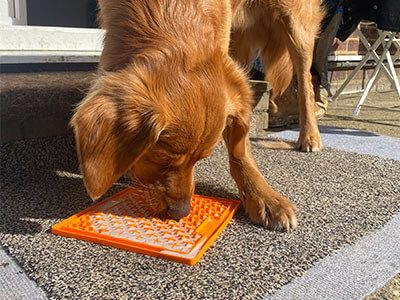
Try to ignore attention seeking
This one can be tricky, but it definitely pays off when it comes to reducing separation anxiety. Try not to pet your dog or even look in their direction when they are engaging in attention seeking behaviour, such as whining for food or jumping up at you. Instead, simply ignore them until they get the message.
It can be tempting to tell them ‘no!’ and although that might seem like the right thing to do, giving your dog any kind of attention can be interpreted by them as positive. If you ignore your pup when they’re demanding attention, they’ll start to understand that they can’t have your attention whenever they want.
How long can a dog be left alone?
This will depend on a lot of things, such as the type of breed, how long they are used to being on their own and how long they can hold their bladder.
Dogs will need to stay mentally and physically stimulated too. A working day is a long time, so it’s a good idea to get out and give them a walk before you leave. Not only will this provide your dog with exercise, but it will tire them out, meaning they’re more likely to sleep for long periods of the day.
Training your dog to be on their own is just like teaching them a new trick. Take the process step by step, be patient and avoid putting your dog in a situation where they feel uncomfortable.

Going back to normal after a few months of furlough, or working at home with your dog by your side? Separation can be tough, but there are ways around it! Dave Tweedle, Clinical Director at Natures Vet in Somerset and My Family Vets vet, explains more…
For many of us, it’s time to get back to work and to live our lives as normal (sort of normal, at least). But how do you go about leaving your dog on their own?
For many owners, their pets won’t have had any solitude in months, and the prospect of leaving the house without them can be a bit daunting.
Making your preparations
It’s all in the planning. If you start preparing now, you’ll ease your dog into alone time and it won’t come as a shock.
Choose an area for your dog to spend their alone time, somewhere they’ll feel safe and comfortable, away from hazards. Put their bed here too, plus clean, fresh water.
Top tip: Try fitting a safety gate, this’ll mean you can leave the room and your dog will still be able to see you. If you prefer, you can also use your dog’s crate.
Make your dog comfortable by adding their favourite toys and a long-lasting treat. These goodies will help keep them mentally stimulated.
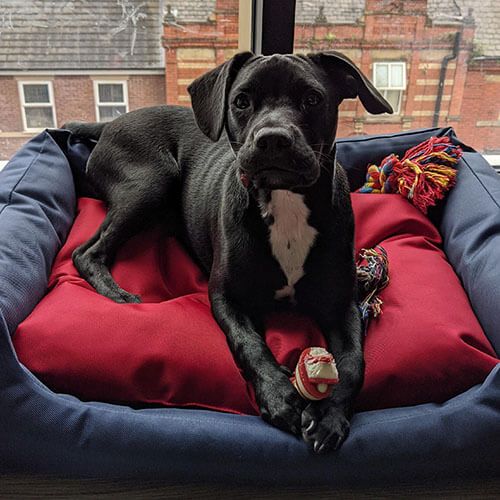
Step 1: Closing the gate
When you come to close the gate (either to the crate or to the room you’ve chosen to put your dog in), do it as casually as you can. Stay where your dog can see you, and only keep it closed for 10 seconds or so. Next time, you can close it for 20, then gradually work up to keeping the gate closed for a minute or two.
Step 2: Opening the gate
Try not to fuss over your dog while you open the gate. Open it casually, and don’t entice them out. If they’re happy where they are, leave them be!
Step 3: Going where your dog can’t see you
If your dog is fine with having the gate closed for over a minute, your next step is to go where they can’t see you. Stay in your house for the time being – just wander off to the next room and pop back again a few seconds later. Once again, build up the time gradually, and only proceed if your dog is happy and content. (If they’re not, go back to the previous stage.)
Step 4: Leaving the house
When you’re happy leaving your dog in their crate/hangout room for a fair amount of time (the time it takes you to do the washing up, say), you can then start leaving the house.
The length of time you leave your dog alone will depend on lots of things:
- If they suffered from separation anxiety before lockdown
- If they have any behavioural problems
- Their breed (some breeds like their own company more than others)
- Their age (a young puppy might find solitude difficult)
The trick is to work slowly, and be prepared to go back a step if you need too. Don’t throw your dog in at the deep end – they’ve been enjoying your company a lot over the past few months, and will find it difficult to be apart from you.
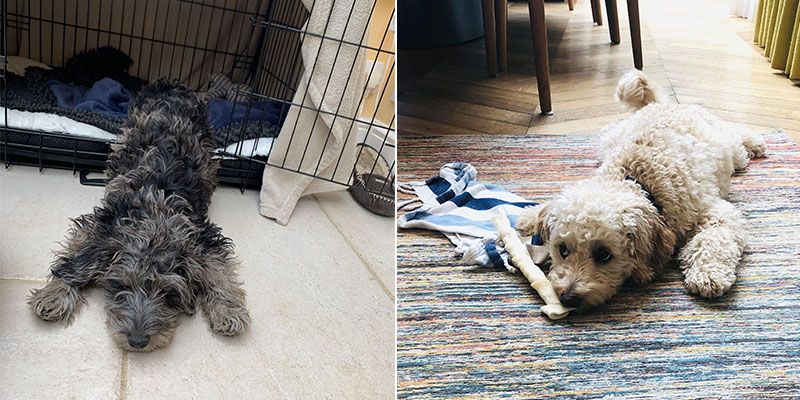
Dog borrower to the rescue!
If you haven’t yet got a friendly borrower to help out yet (now’s the time to start looking!) or if you’re planning to pop out for only an hour or two, we have two very helpful resources from our pals at My Family Vets talking about how to deal with separation anxiety in dogs particularly through and after the pandemic.
If you’re worried at all about separation anxiety or your dog is particularly stressed when leaving them alone, your local vet can refer you to a qualified dog behaviourist.
Back to work
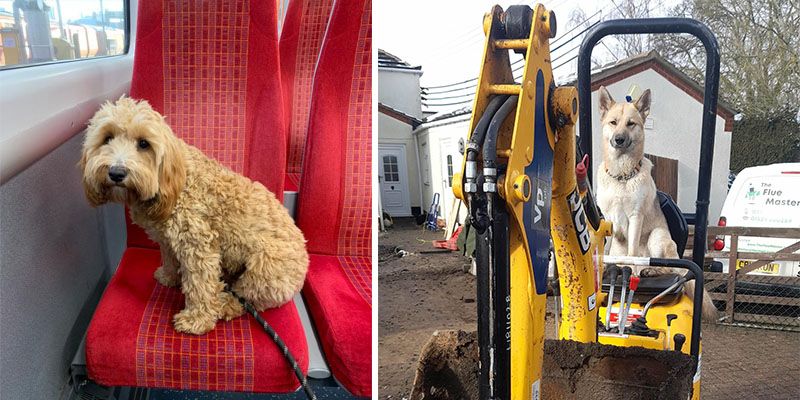
Although most of us are now well adjusted to the working from home lifestyle - from spending all day in loungewear, snacks on demand and having Netflix on in the background - the time has come for some of us to return to the office.
A recent study found that 75% of workers don’t want to go back to the office full time, and it’s not just us humans that may be dreading it, but also our dogs too. They've adjusted their routines and centre their day around our work from home schedule, and while we love spending all our time with them, they may not be ready for us to leave.
Whether a dog owner or not, many wish their workplace was dog friendly, and we have 6 top tips on how you can make a workplace dog friendly, including advice on how to make both us humans and our dogs comfy - ground rules and dog proofing is impawtent!
We know that returning to the office is hard enough, but the thought of leaving your dog at home can often add to the stress and worry. Thoughts that may be troubling owners vary from ‘is my dog going to be OK if I leave them alone at home? Where can I find care for my dog when I go to work?’
Or as a dog lover without a dog of their own, you could be after stress relief in the form of a furry friend, and you may wonder how can I spend time with a dog while at work?
Well we have a solution for you… Introducing BorrowMyDoggy for Work! Our workplace benefits scheme allows dog-owning employees to get well needed help with their pooches, and those without their own pup, can become borrowers and enjoy the mental and physical wellbeing benefits of dogs. You can register your interest and request more information using the link above.
Wondering how your dog will cope with you going (back) to work? Read our guide on what to do with dogs when at work!


